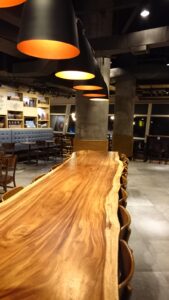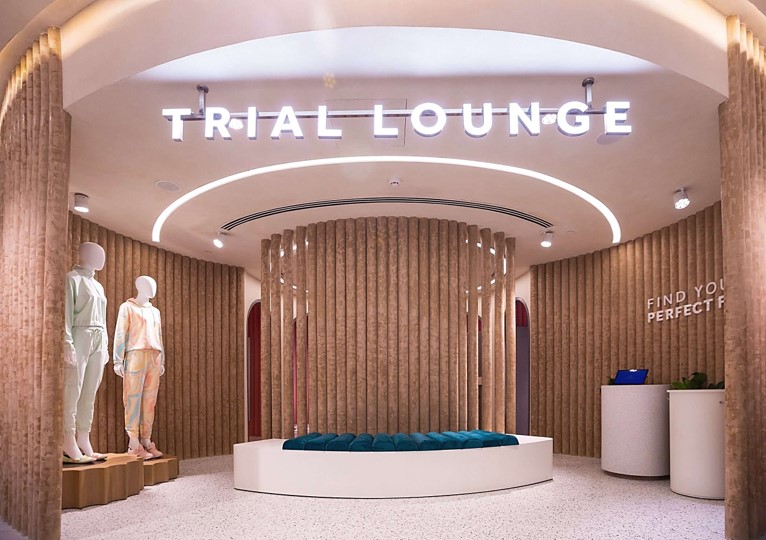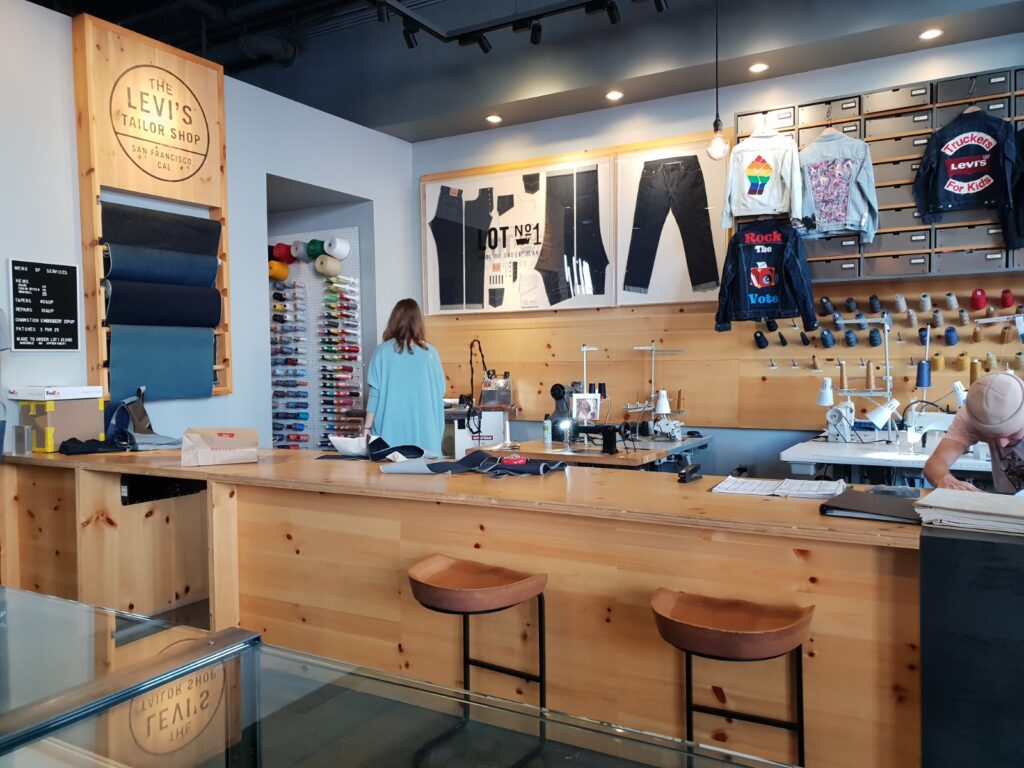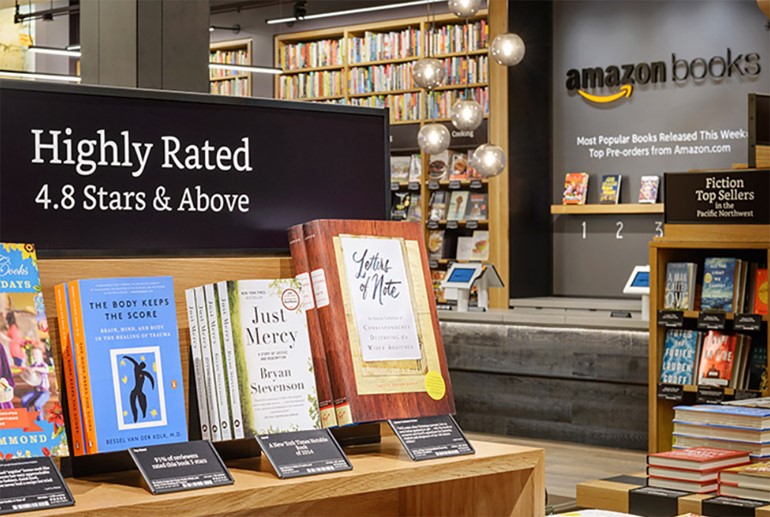Tech enabled retail design and visual merchandising with the intent to deliver enhanced and intelligent customer experience is seeing the light of day across different retail categories. And it is driven by these five truths
Today, experiential design is a curative process that focuses on providing people with not just a memorable and immersive experience of a brand’s offering but also enables them to understand the value it delivers in improving their life. The adoption of technology has accelerated the evolution in customer behavior in all walks of life, including shopping. Here are five key truths that drive people-centric retail design and visual merchandising.

- People ignore design that ignores people
Customer-centric design warrants an understanding of the customers’ pains, gains and goals. ‘Pains’ are their problems that the brand is offering solutions for. ‘Gains’ are the benefits the customer will enjoy in the relationship with the brand. Goals are the customer’s life objectives the brand is enabling to achieve. For example, community tables in Starbucks demonstrate the importance the brand gives to how groups of people live their food and beverage experience.
2. The journey should be just as enjoyable as the destination
This mindset in designing a store and its presentation is particularly relevant to today’s experience seeking consumer. By valuing the shopping journey as much as the purchase, design will need to focus on being mindful, relevant and deliver enjoyment to ultimately enable the consumer to feel content and fulfilled and come back for more. For example, digitally-enabled trial rooms in Azorte provide fashion and sizing information making the trial and selection process engaging and enjoyable.

3. Seeing is believing
Digitization led to datafication which today’s tech tool shave helped convert to mind-bending visualization. This in turn enables customers to make more informed purchasing decisions by giving them a better understanding of the product’s features, benefits, and uses. Virtual and augmented reality (VR and AR) technologies can also be used to enhance the visualization experience. For example, Ikea uses AR to allow customers to visualize how a piece of furniture would look in their homes before making a purchase.
4. Getting personal is a good thing
Both personalization and customization can help increase conversion rates in retail by creating more engaging and personalized shopping experiences that are more likely to result in a purchase. By building stronger relationships with customers and tailoring products and experiences to their individual needs, retailers can improve customer satisfaction and loyalty, ultimately driving sales and revenue. For example, the immensely popular Levi’s tailoring bar enables customers to personalize their pair of jeans.

5. What others think matters
Social proofing can play a significant role in influencing a consumer’s decision to purchase a product or service by making available customer reviews and ratings, testimonials, influencer endorsements, social media likes / shares and sales and popularity. Providing positive social proof can increase the consumer’s preference over competitors. For example, Amazon Books has a recommendation table that presents books based on their online rating from other readers.

The future is already here
Technology plays a key role in augmenting, and not substituting, service in a physical store when integrated seamlessly with store design and visual merchandising. Overall, the goal of retail experience design is to create a positive and memorable experience for the customer. It encourages the building of an emotional relationship with the customer resulting in loyalty and repeat business. Tech enabled retail design and visual merchandising with the intent to delivering enhanced and intelligent customer experience is seeing the light of day across different retail categories. It is clearly announcing that it is not just here to stay but dictate the way people shop in the days to come.




